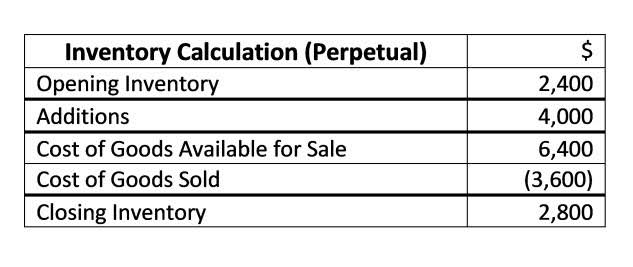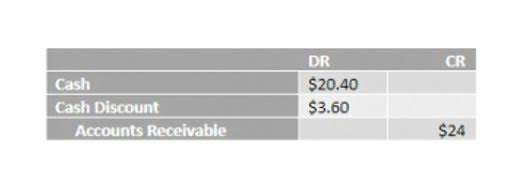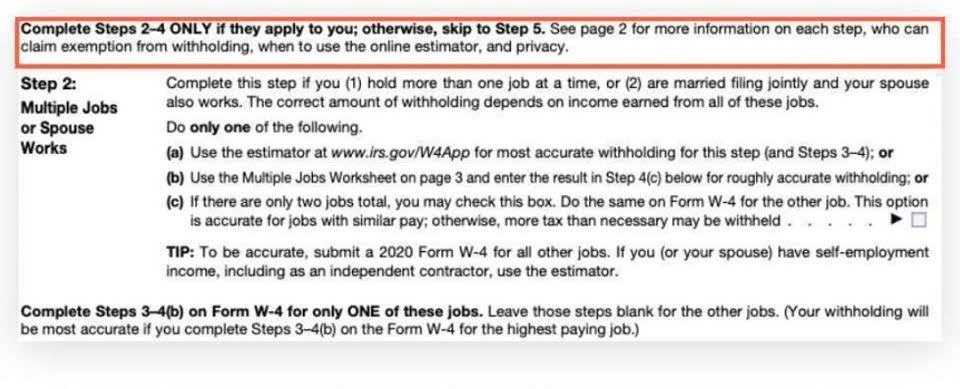Offer pros and cons are determined by our editorial team, based on independent research. The banks, lenders, and credit card companies are not responsible for any content posted on this site and do not endorse or guarantee any reviews. A loan’s principal balance is generally the amount you initially borrowed. Making extra principal-only payments can decrease how much interest accrues on your loan and how long it takes you to pay off the debt. When you make a principal-only payment on your simple interest contract, those funds directly reduce your outstanding principal balance. This means you’ll pay less interest on the lower principal balance and save money over the life of the contract.
Com is a news and information service that offers directory data and editorial content in the area of loans and mortgages. Com is not liable for the information’s accuracy or for the rates, APRs, or loan details provided by brokers, lenders, or advertisers who post their information. When you’re looking at $25,000 or more for even a basic new vehicle, it’s important to consider that longer loans mean lower monthly car payments.
Benefits of Making Principal Payments
Using our auto loan early payment calculator, you can estimate your amortization schedule. You will be shown your exact balance at any point during the loan’s life, for both regular payments and accelerated payment plans that involve additional payments. You could consider refinancing your existing car loan to lower the payment.
Pros and Cons of Principal-Only Payments
Making multiple payments could make you less risky for lenders and could result in lower interest rates on future loans. Perhaps you recently purchased a car with a lengthy auto loan, and you’re wondering how much quicker you could pay it off by making a little extra payment each month. This gives you some flexibility in case you ever run out of money.
Does Paying the Principal Lower a Monthly Car Payment?
For the full amortization schedule, choose whether you want to see monthly or annual amortization then click “View Report” at the top of the page. In general, if you have a debt-to-income ratio of about 30%, it’s typically assumed you’re able to easily pay off debt and still have income for living expenses. Louis DeNicola is freelance personal finance and credit writer who works with Fortune 500 financial services firms, FinTech startups, and non-profits to teach people about money and credit. His clients include BlueVine, Discover, LendingTree, Money Management International, U.S News and Wirecutter. If done responsibly, auto financing may help you build a stronger credit profile. Ever since then, before I start car shopping I calculate my budget, create a target payment and then work to structure my payment at, or below, my target payment.
We do not endorse the third-party or guarantee the accuracy of this third-party information. We’re the Consumer Financial Protection Bureau (CFPB), a U.S. government agency that makes sure banks, lenders, and other financial companies treat you fairly. The result is your finance charge, which is $4,700 in this example.
Save money
In the early stages of the loan, a larger portion of each payment goes toward interest, while in the later stages, more goes toward paying down the principal. This structure is designed to ensure consistent payments over the life of the loan. There paying the principal on a car loan is no restriction on how quickly you can pay off your auto loan. However, you must follow the instructions of an auto loan early payment calculator in order to develop a realistic budget and financial plan. Interest and fees are generally paid before your payments go towards your loan’s principal. You can choose a different loan term and possibly qualify for a lower rate, providing an opportunity to adjust your monthly car payment.
Build equity faster
You can use this car loan early payment calculator to determine exactly how much of a loan you still have to pay. However, you will have to provide information regarding the loan’s size, term, and additional payment. The calculator will tell you how many months you’ll cut from your loan’s term and how much interest you’ll save overall once you enter how much more you want to pay each month.
Most auto loan lenders allow borrowers to prepay on the principal balance of their loan without a prepayment penalty. This means if you had a 72-month car loan with a $15,000 balance at a 10.19% interest rate, securing 5.59% on a car refinance loan would reduce your monthly payment by $126.74. The finance charge on your car loan includes all of the costs you pay to borrow money to purchase the car. Any upfront fees plus the interest paid throughout the term are typically wrapped into the finance charge. Car loan payments consist of two parts – the principal and interest.
- While this may sound like a pipe dream, more frequent principal payments can turn that goal into a reality.
- To experiment with how changing the additional payment would affect how quickly you can pay off the loan and how much interest you’d save, adjust that number using the slide bar.
- You decide to make an extra $200 monthly principal-only payment and stick with the plan for three years.
A car loan finance charge includes any upfront fees the lender and/or dealer charge plus interest you pay over the life of the loan. Understanding what’s included in a finance charge can help you figure out whether you can lower the loan cost. Ask your lender for a list of fees you’re paying, and try to negotiate where you can. The bottom line is that making principal-only payments help a lot if you want to pay your car loan off earlier, however, you need to make sure that it makes sense for your budget to do so. But if you need the money for other bills, then make sure to concentrate on those first.
- You can also opt to make bi-weekly payments of $700 instead of monthly payments of $700 if you have the funds to make that decision.
- Here’s a breakdown of what’s baked into a finance charge, why you pay it and how to lower the cost.
- Some considerations to remember are that debt consolidation may come with a lower interest rate (although not always) and a longer payoff term, which may mean you pay more overall.
- Add it to the remaining balance of your loan, which for the initial installment will be the full principal amount.
That’s more than a month of auto payments that don’t accumulate interest. Depending on the original loan amount, term, and interest rate, you must make a monthly principal and interest payment. Our partners cannot pay us to guarantee favorable reviews of their products or services. The process of paying down loan principal ahead of schedule isn’t always straightforward. However, lenders usually require that you let them know when you make the payment that it is for the principal only.
Making principal payments helps you pay down the loan faster, avoid interest charges, and save money. A great way to shorten the term of a car loan and reduce interest costs is to make a sizable payment on the principal balance. Our auto loan early payment calculator can help you do this successfully. This calculator’s calculations will show you exactly how much time and money you’re saving.
If you have the means, making principal-only payments on your auto loan is the most effective way to save on your car loan. Contact your lender to find out if they accept payments like this. If they do, ensure you know how they want you to alert them when you make a principal-only payment. A loan from a bank may help you pay off your debt; it usually comes with fixed rates and a fixed payment length.
If your credit is less-than-stellar, applying with a cosigner who has good or excellent credit may help you qualify for a loan that has a lower interest rate and fees. Ideally, you want your extra payments to go towards the principal amount. However, many lenders will apply the extra payments to any interest accrued since your last payment and then apply anything left over to the principal amount. Other times, lenders may apply extra funds to next month’s payment. The principal on your car loan is the sum of money you borrowed from the lender.








